Pneumonia – Risk factors and classification
Pneumonia is a severe health condition in which bacteria, fungi, or viruses cause an infection in one or both lungs. When infected, the air sacs fill with pus and other liquids. Some common symptoms...

By Modern60
Last Updated on,
April 3rd, 2025
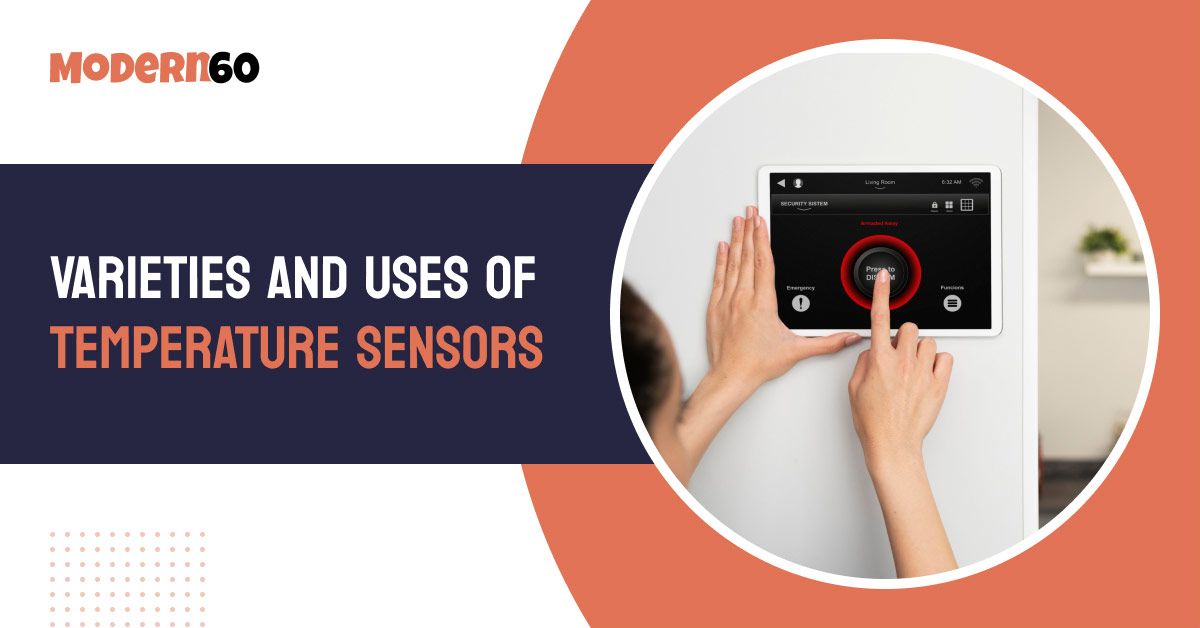
Temperature sensors are devices regularly used in most households and commercial establishments. They provide temperature measurements in a readable form through precisely calibrated electrical signals. One can purchase multiple types of temperature sensors from hardware stores, with each type having unique benefits and uses, such as reading food temperature or hardware systems. Here are some details about the different types of temperature sensors and their applications in domestic and commercial settings.
Here are some of the commonly used kinds of sensors
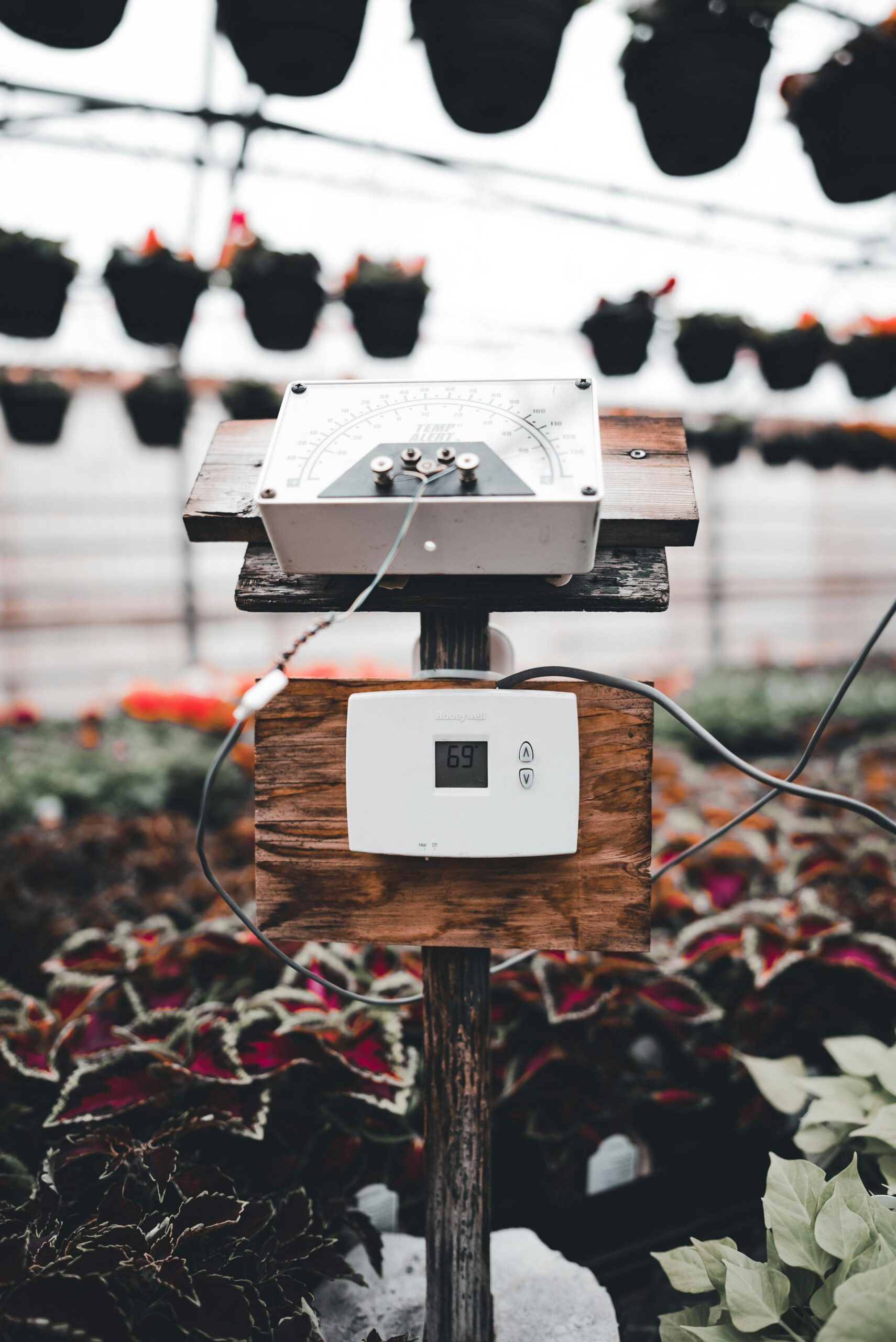
Thermocouple devices use voltage to measure temperature accurately. More specifically, they work by measuring and recording voltage fluctuations. Compared to some of the other devices on this list, these sensors are slightly less accurate regarding temperature detection. As a result, they tend to be priced on the lower end of the range.
Thermocouple temperature sensors are used in metal processing industries, turbine exhausts, aircraft engines, and more. These devices also are used in home environments.
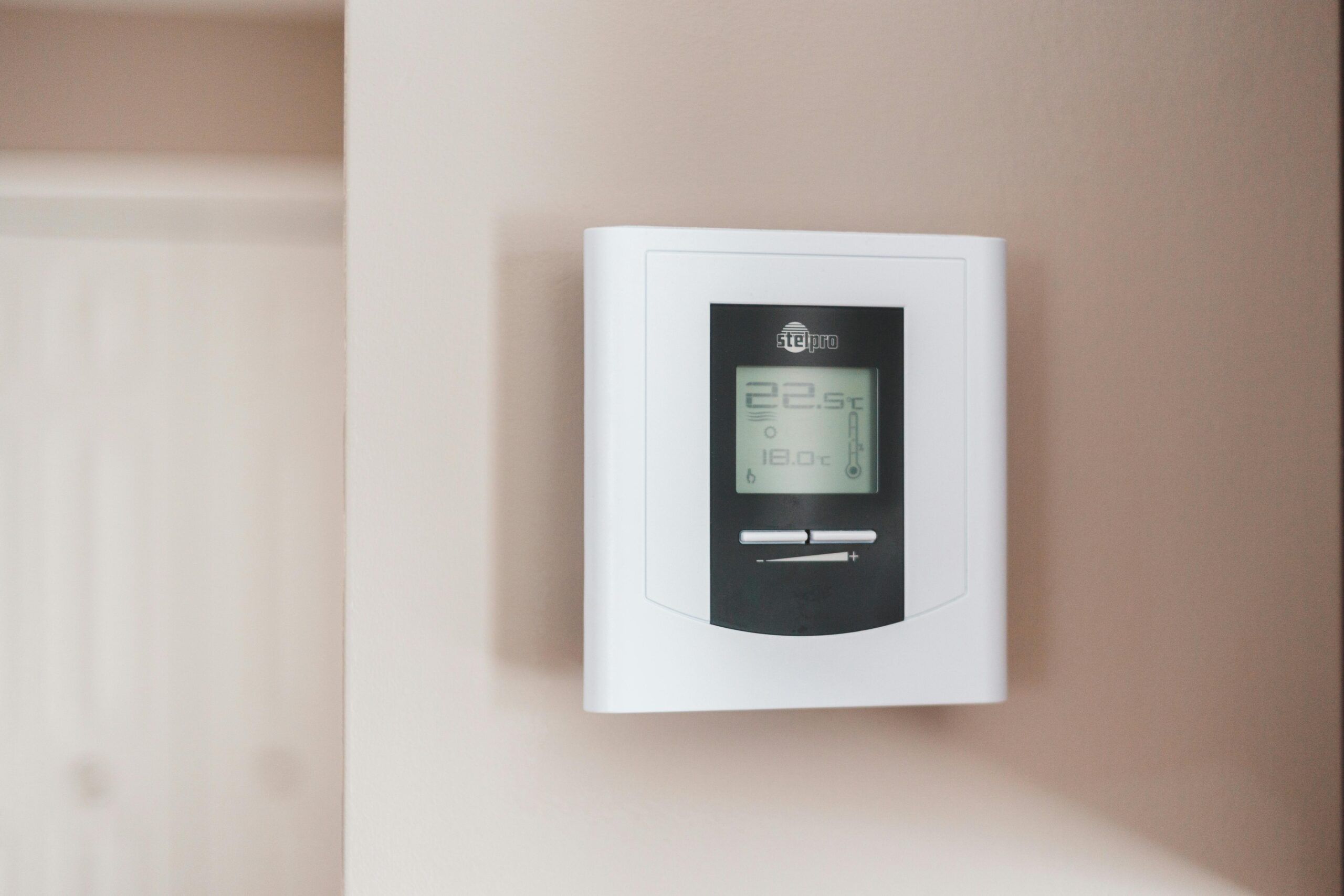
Thermostat sensors are designed to measure ambient air temperatures. These sensors are a part of central AC systems that give users control over their home’s indoor temperature. One needs to set their thermostat to a specific desired temperature, and their AC system will power up or down until that temperature is reached. Thermostat sensors help keep the home’s temperature optimal despite the climate and weather outdoors.
An HVAC temperature sensor is similar to a thermostat. These sensors help regulate air circulation and room temperature in houses to prevent the indoor air from becoming too stale. Certain homes even use wireless temperature sensors, which can be operated without touch sensors by pressing buttons on a remote control.
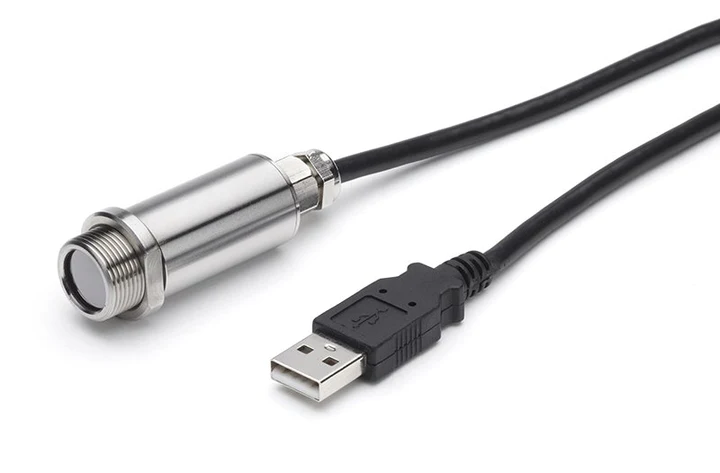
Infrared sensors are used to sense the presence of an object in a given area. Essentially, they can detect the temperatures of a person or equipment being scanned or investigated. It is a valuable piece of equipment in thermal radiation scanners. These sensors help people detect the heat stored in objects and specific heat-related data in certain zones.
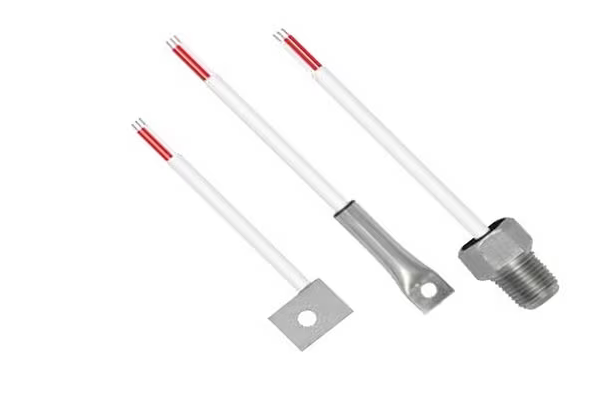
These sensors measure temperature by drawing a correlation between the resistance of an RTD element and the surrounding temperature in specific zones. These systems have the highest accuracy and efficiency in temperature measurement. Therefore, unsurprisingly, they cost the most of the other sensors listed in this article.
Due to their cost, these sensors are only used in fields and practices where every minute temperature shift (down to decimal points) is massive and needs to be recorded.
Here is a brief list of the applications of temperature sensors.
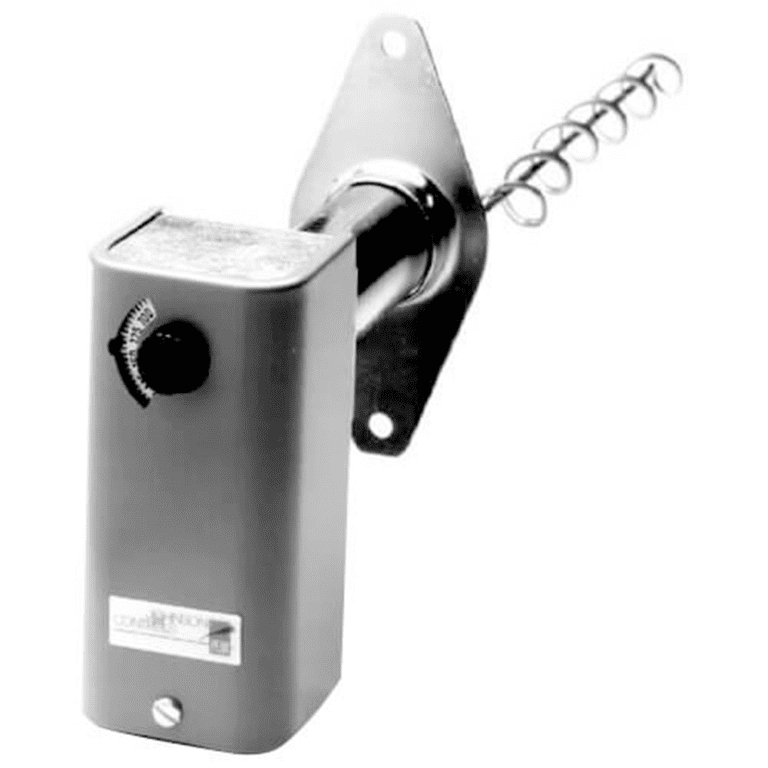
An HVAC temperature sensor is arguably the most used application of sensors in homes nationwide. Different seasons bring with them different climate conditions with varying levels of severity. Some cold seasons reach freezing temperatures due to snow, even freezing the house’s pipelines. On the other hand, certain summers get too hot and dry for one to live comfortably. Temperature sensors and devices like thermostats are used to counter both these extremities and other climate fluctuations. As implied earlier, thermostats are essential to keep the occupants of a house warm during extreme cold and steadily cool during extreme heat, humidity, and summers.
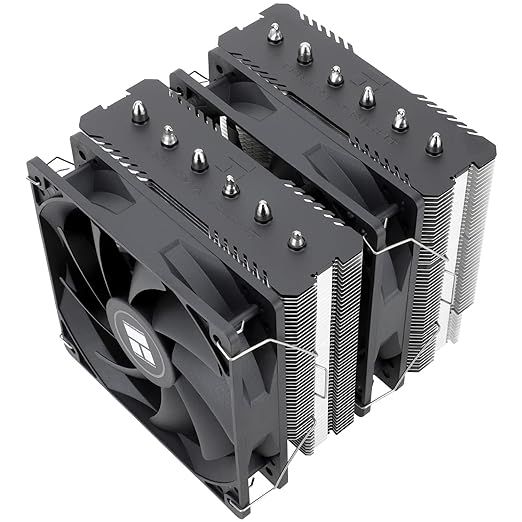
Like most electronic devices, computers get quite heated if used for a prolonged time. The processor, motherboard, and memory components get hot if the device is used without a break in between. Temperature sensors within the computer closely track how hot these components get and raise or lower the internal fan speed to keep heat levels under control. An absence of fans and sensors in a computer will cause the entire system to overheat and combust in flames.
Food is degradable, so the temperature at which it is stored and transported over long distances is vital to preserve food manufactured and delivered at different places. Temperature sensors inside food carriers accurately show a given food item’s temperature. Therefore, these devices allow one to adjust the storage facilities accordingly.
Sensors are quintessential for food preservation and transportation. The absence of these devices from carriers would cause millions of dollars in losses to food manufacturers and transporters.

The Editorial Team at Modern60 is a group of highly skilled professionals with diverse backgrounds in journalism, content creation, editing, and digital media. They bring a wealth of experience and expertise to ensure that every piece of content meets our strict editorial guidelines and quality standards. The team is dedicated to delivering accurate, well-researched, and engaging content across various subjects, including health, wellness, lifestyle, and current events. With their commitment to upholding the highest standards of journalism and content creation, the Modern60 Editorial Team is the driving force behind our mission to empower and inspire our readers.


Unlock expert insights and tips with our exclusive ebook. Enter your email to get your free copy.
Please check your email for a welcome message from Modern60. If it's not in your inbox, kindly check your spam or junk folder
There are no comments yet